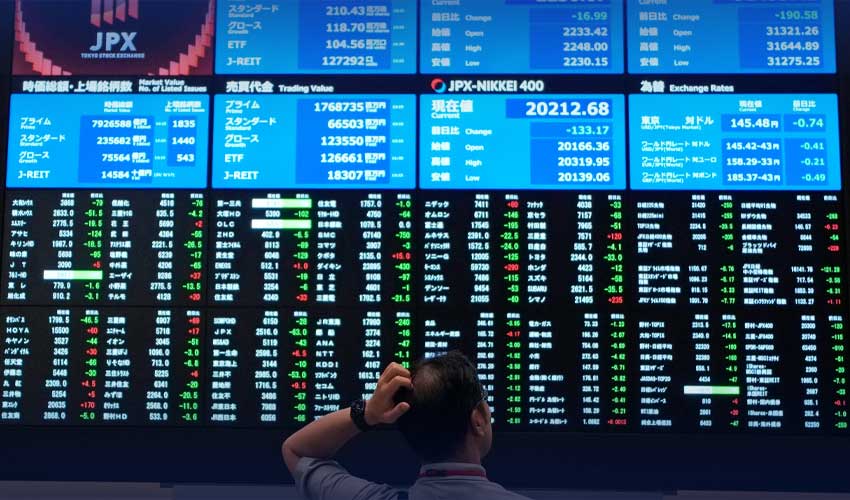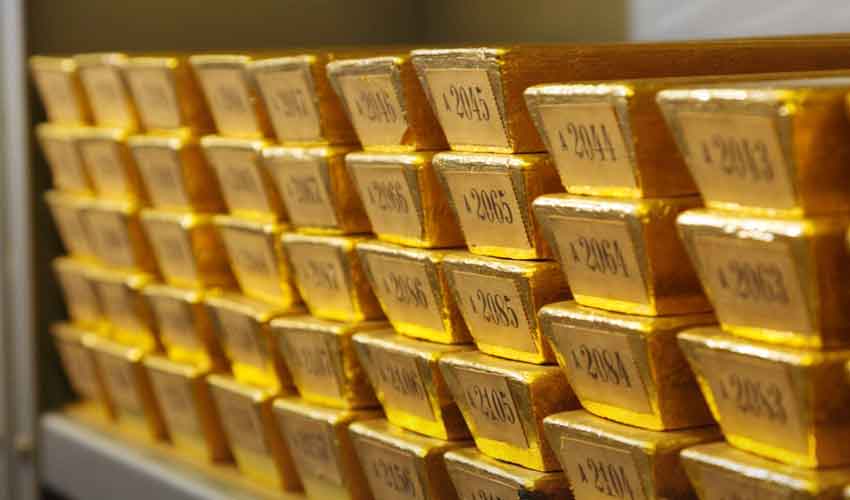Asian shares edged higher on Monday as investors braced for a busy week of data which culminates in a key U.S. inflation report that could set the stage for a cut in interest rates there, albeit not for a few months yet.
Holidays in the United States and UK made for thin trading ahead of Friday's figures on core personal consumption expenditures (PCE), the Federal Reserve's preferred measure of inflation. Median forecasts are for a rise of 0.3% in April, keeping the annual pace at 2.8%, with risks on the downside.
"Consumer and producer price data suggest core PCE inflation lost further momentum in April after a strong start to the year. Indeed, we look for the core index to advance 0.22% m/m vs. 0.32% in March and an initial 0.25% estimate," said analysts at TD Securities in a note.
"We also look for the headline to rise 0.23% m/m while the super core likely cooled to 0.26%."
Figures for inflation in the eurozone are also due on Friday, and an expected tick up to 2.5% should not stop the European Central Bank from easing policy next week.
Also read: PSX crosses historic 76,000-point milestone amid positive economic news
Policy makers Piero Cipollone and Fabio Panetta both flagged a coming cut over the weekend, while markets imply an 88% chance of an easing to 3.75% on June 6.
The Bank of Canada might also ease next week, while the Fed is seen waiting until September for its first move.
There are at least eight Fed officials due to speak this week, including two appearances by the influential head of the New York Fed, John Williams.
The head of the Bank of Japan (BOJ) on Monday said they would proceed cautiously with inflation-targeting frameworks, noting that some challenges are "uniquely difficult" for Japan after years of ultra-easy monetary policy.
The BOJ holds its policy meeting on June 14 and there is some chance it may buck the global trend and hike rates again, albeit to a modest 0.15%.
The prospect of lower borrowing costs across much of the globe has been positive for equities and commodities, though many markets did run into profit taking last week.
MSCI's broadest index of Asia-Pacific shares outside Japan gained 0.4%, having slipped 1.5% last week and away from a two-year peak.
Taiwan stocks reached a record high, having climbed more than 7% for the month so far on a tide of tech bullishness. Japan's Nikkei rose 0.3%, ahead of a reading on Tokyo consumer prices later in the week.
Chinese blue chips firmed 0.2%, with the major release this week being surveys of manufacturing and services for May on Friday.
EUROSTOXX 50 futures eased 0.1%, while FTSE futures were shut.
S&P 500 futures dipped 0.1%, as did Nasdaq futures. The Nasdaq hit record highs last week after Nvidia beat expectations.
Indeed, Nvidia alone has accounted for a quarter of the S&P 500's gains so far this year, while the Magnificent 7 tech darlings are up 24% for the year.
In currency markets, attention was again centered on the yen and the risk of Japanese intervention ahead of the 160.00 level. The dollar stood at 156.78 yen, having added 0.9% last week and close to its recent top of 160.245.
Japan renewed its push to counter excessive yen falls during a weekend gathering of Group of Seven (G7) finance leaders, after a recent rise in bond yields to a 12-year high failed to slow the currency's decline.
The euro was steady at $1.0845, and short of its recent top at $1.0895.
Gold was holding at $2,340 an ounce, having recoiled 3.4% last week and off an all-time peak of $2,449.89.
Oil prices were stuck near four-month lows amid concerns about demand as the U.S. driving season gets underway this week. Investors are waiting to see if OPEC+ will debate new production cuts at an online meeting on June 2, though analysts doubt there will be a consensus for a move.
Brent was up 18 cents at $82.30 a barrel, while U.S. crude rose 23 cents to $77.95 per barrel.



























